Modern Rodding Tech
Revival
1. We have a slight change to an old expression. “What you see is what you get … and then some!” truly applies with this project–and it’s not all good.
By Ryan Manson  Photography by Rob Fortier
Photography by Rob Fortier
t should come as no surprise to anyone who’s purchased an incomplete project that a myriad of surprises, disappointments, and setbacks can often materialize. This ’29 Ford roadster is a perfect case study for such a situation. At first glance, it appears to be a neat traditional roadster, but upon closer inspection it starts to show its true self, warts and all.
That nice, new paint could hide lackluster metalwork. That running small-block Chevy could have 300,000 miles. The electrical system could be held together with wire nuts and duct tape. It truly is a “buyer beware” world out there, but sometimes the dream can gloss over the deal and we end up with a project that we probably should have simply walked past.
Not wanting to completely cast the A-bone aside, we decided to forge a path forward, save for some of the more questionable components. It just so happens that those components are also the parts most related to the safe operation of such a car—brakes, steering, and suspension. With that in mind, we turned to the capable crew at Speedway Motors for some much-needed guidance when it came to the direction in which we should take this roughshod roadster. We opted to tackle the most important aspects first, starting with the frontend. The guys at Speedway recommended their 4-inch dropped axle kit, a set of Bendix-style brakes, shocks and shock mounts, and a handful of other small parts to get our “A” back on the road safely.
While we found more than a handful of items left to tackle before our roadster is roadworthy, it doesn’t mean a project like this should be completely ignored. As long as there are shops like Speedway Motors around offering replacement parts for these early Fords, we can continue to upgrade and improve these old cars and keep them on the road, safely, for another hundred years!
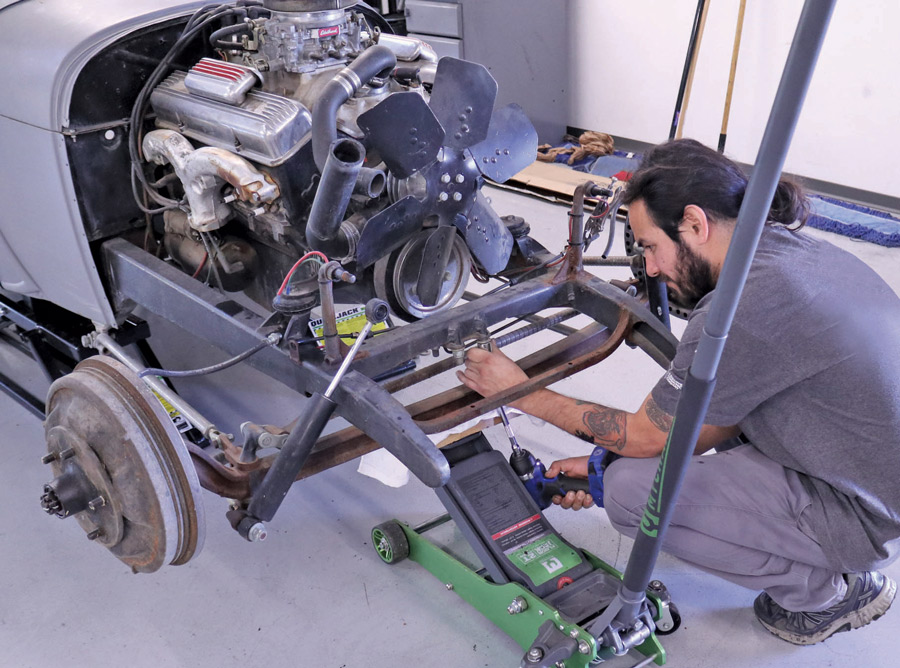
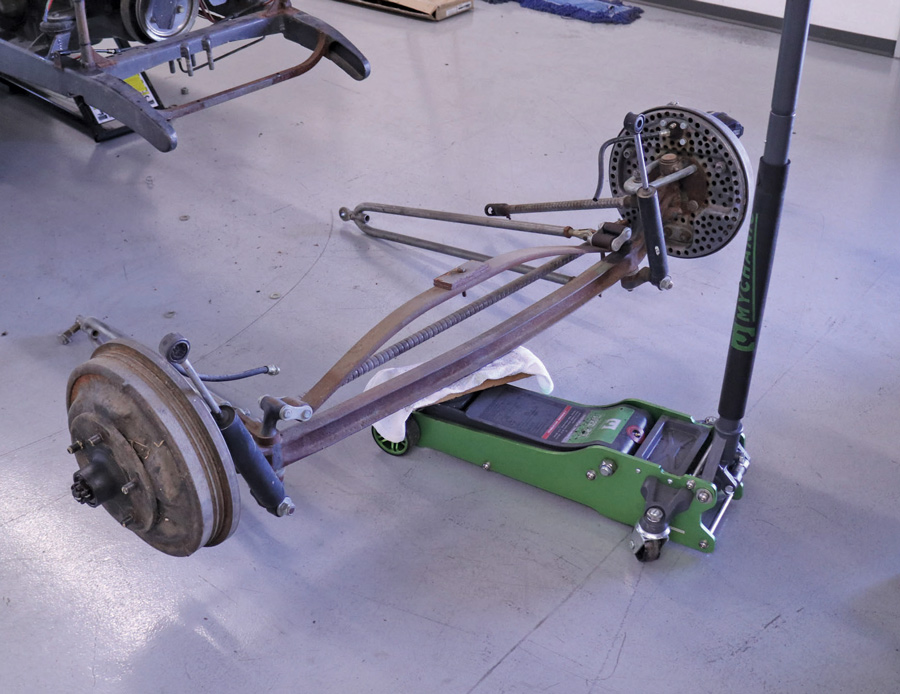
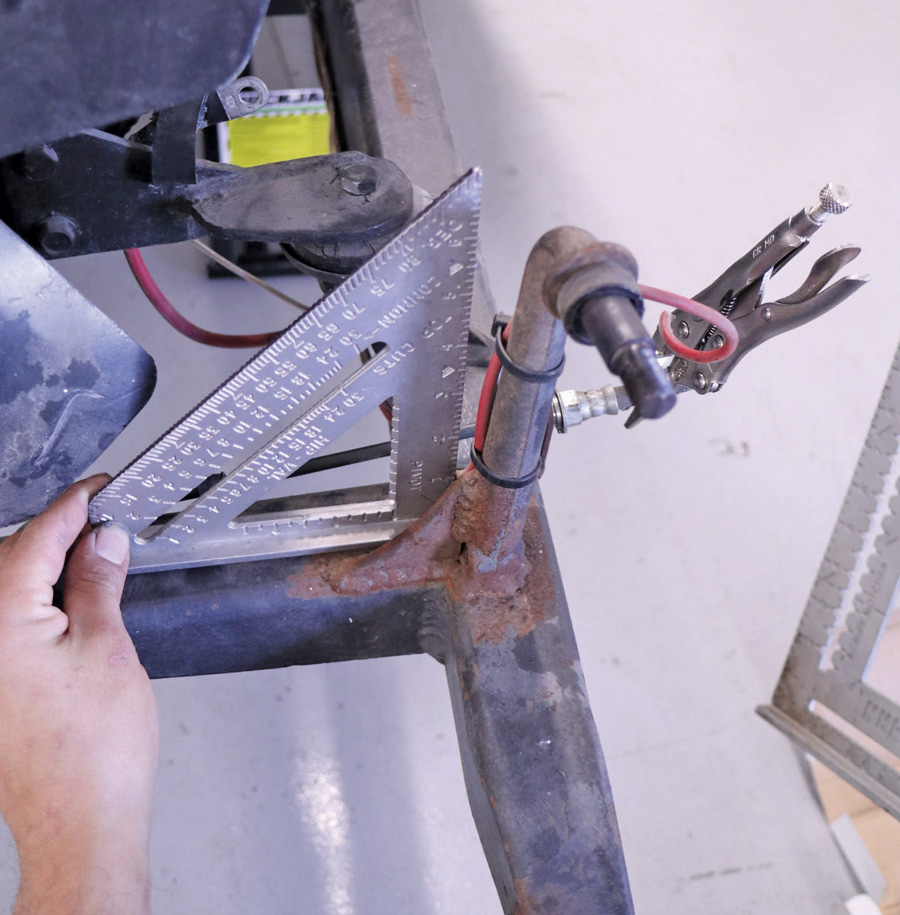
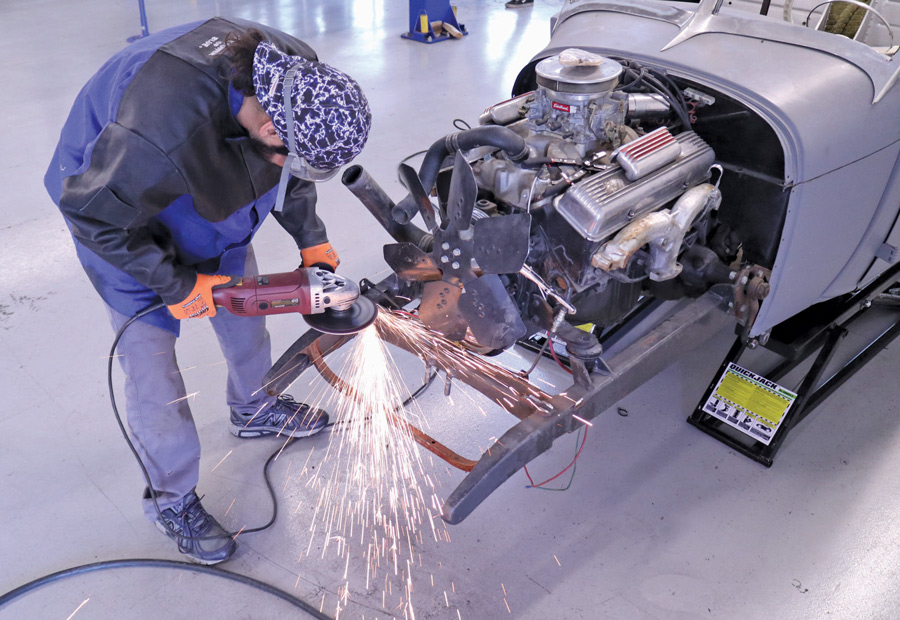
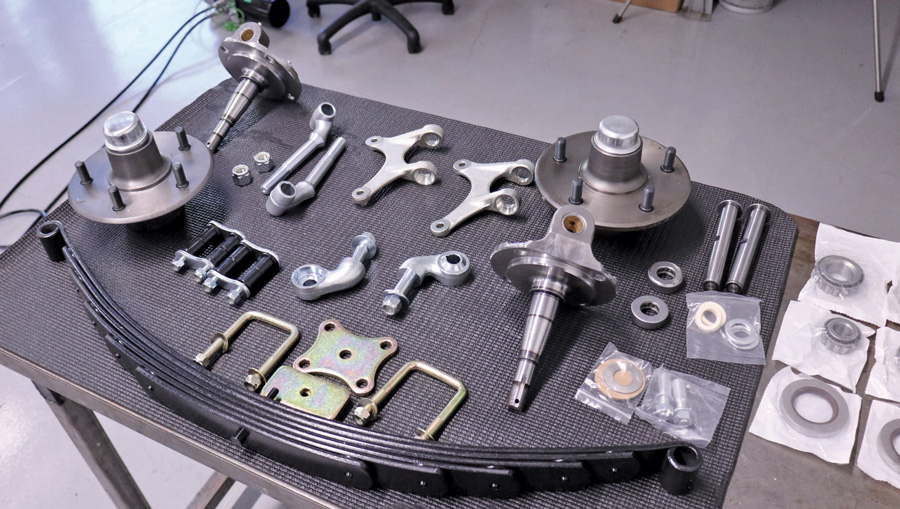

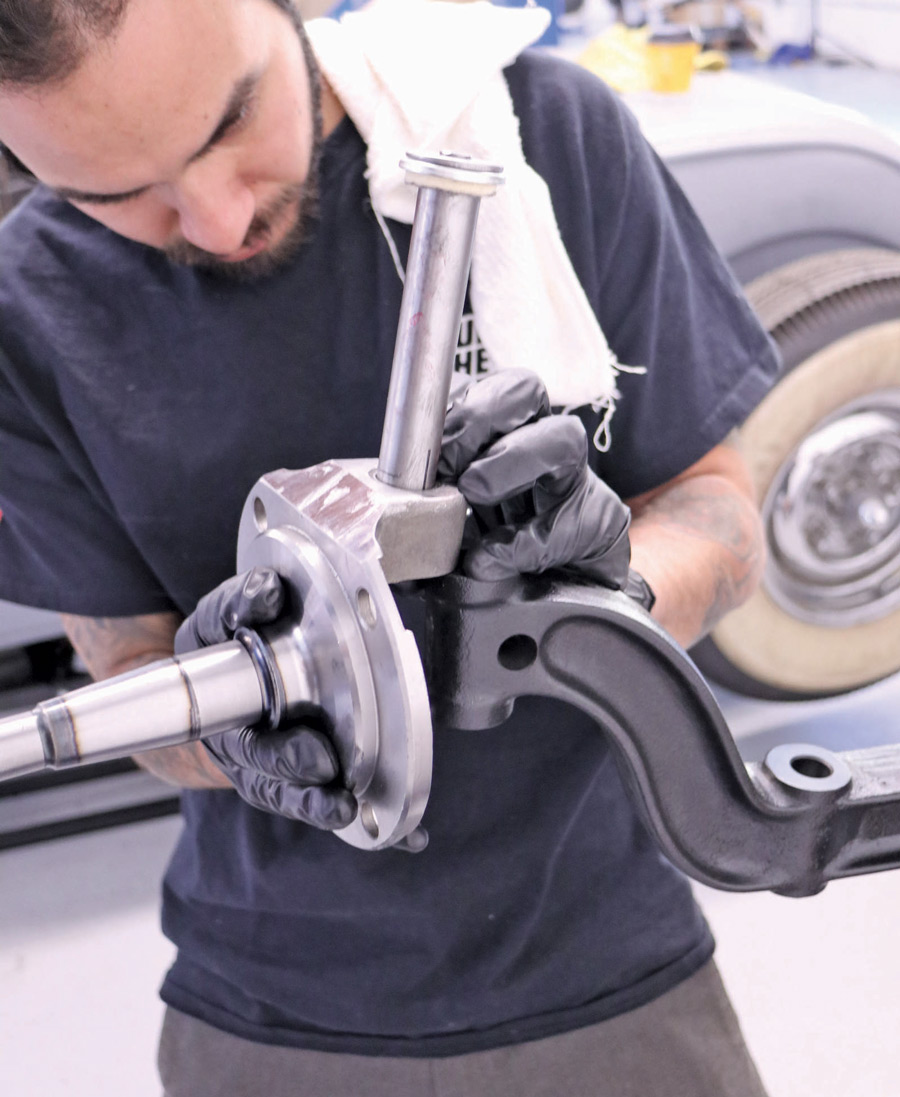

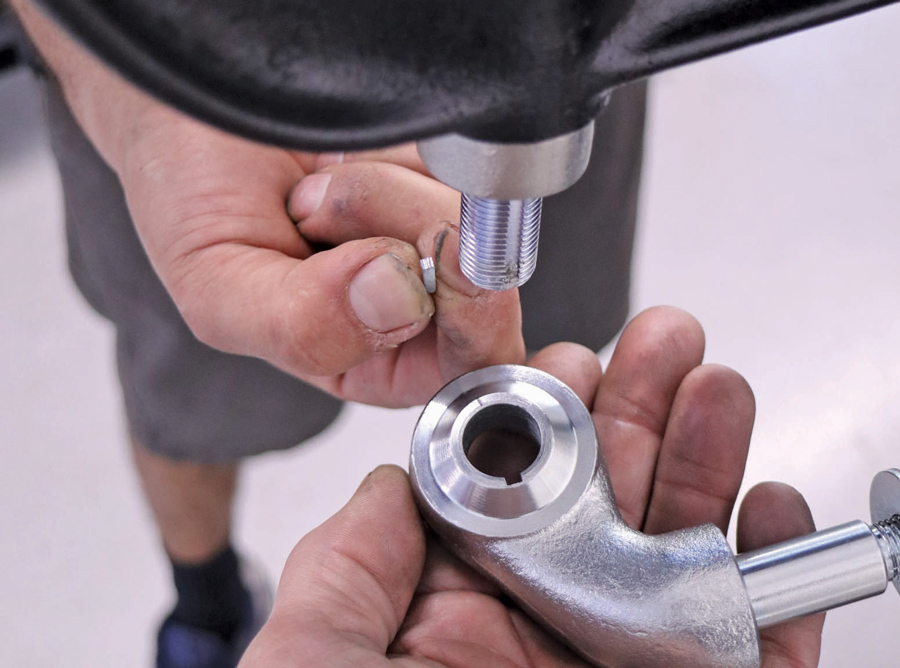
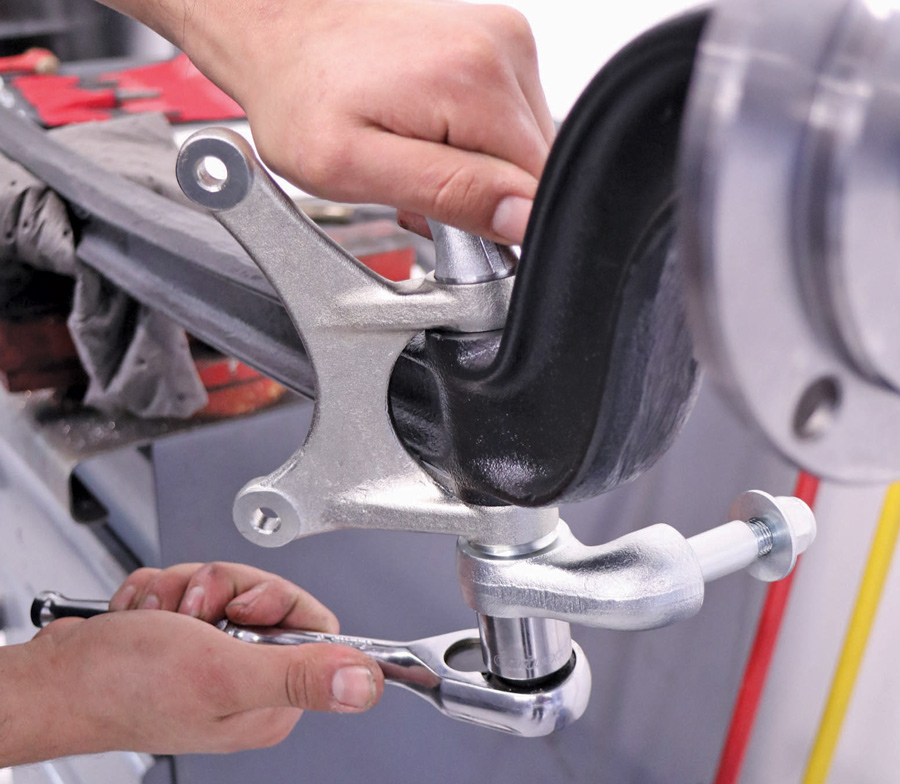
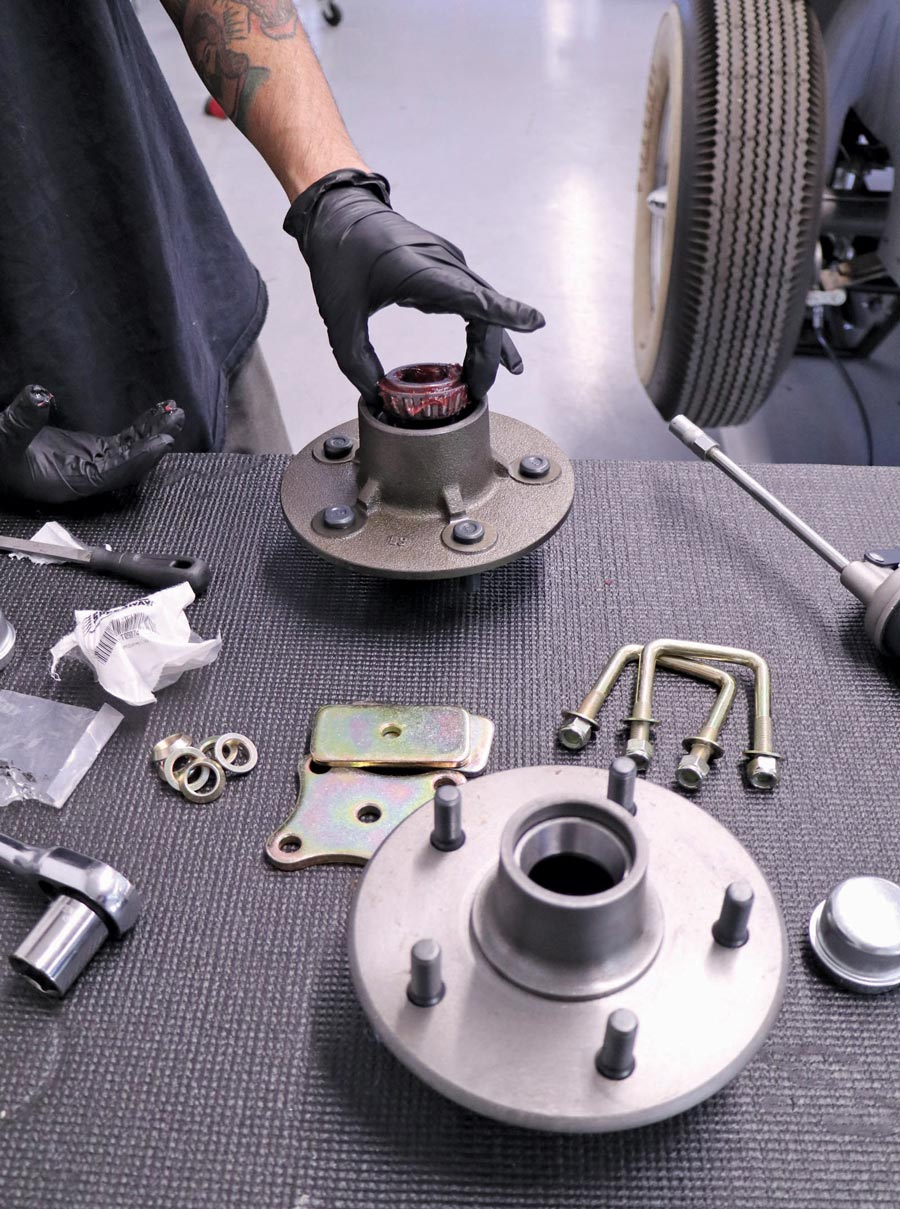
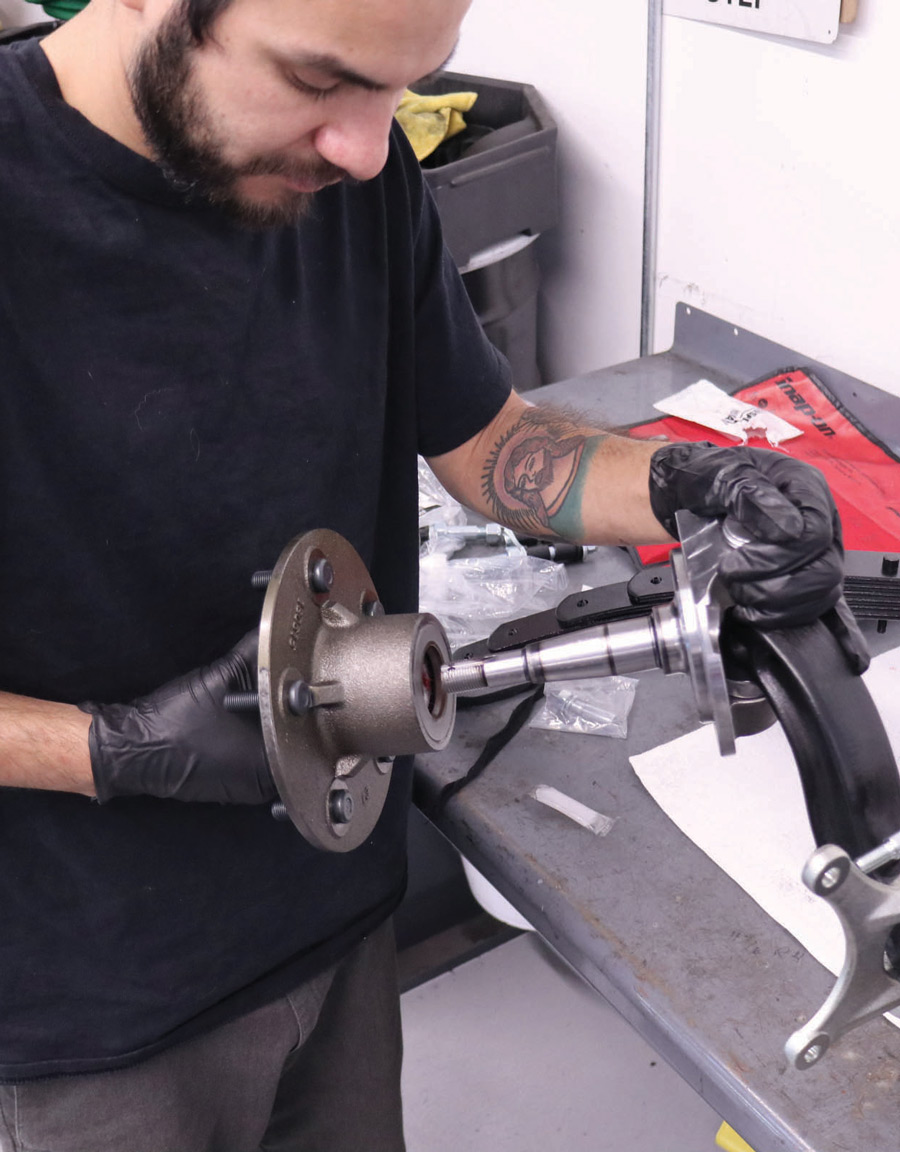
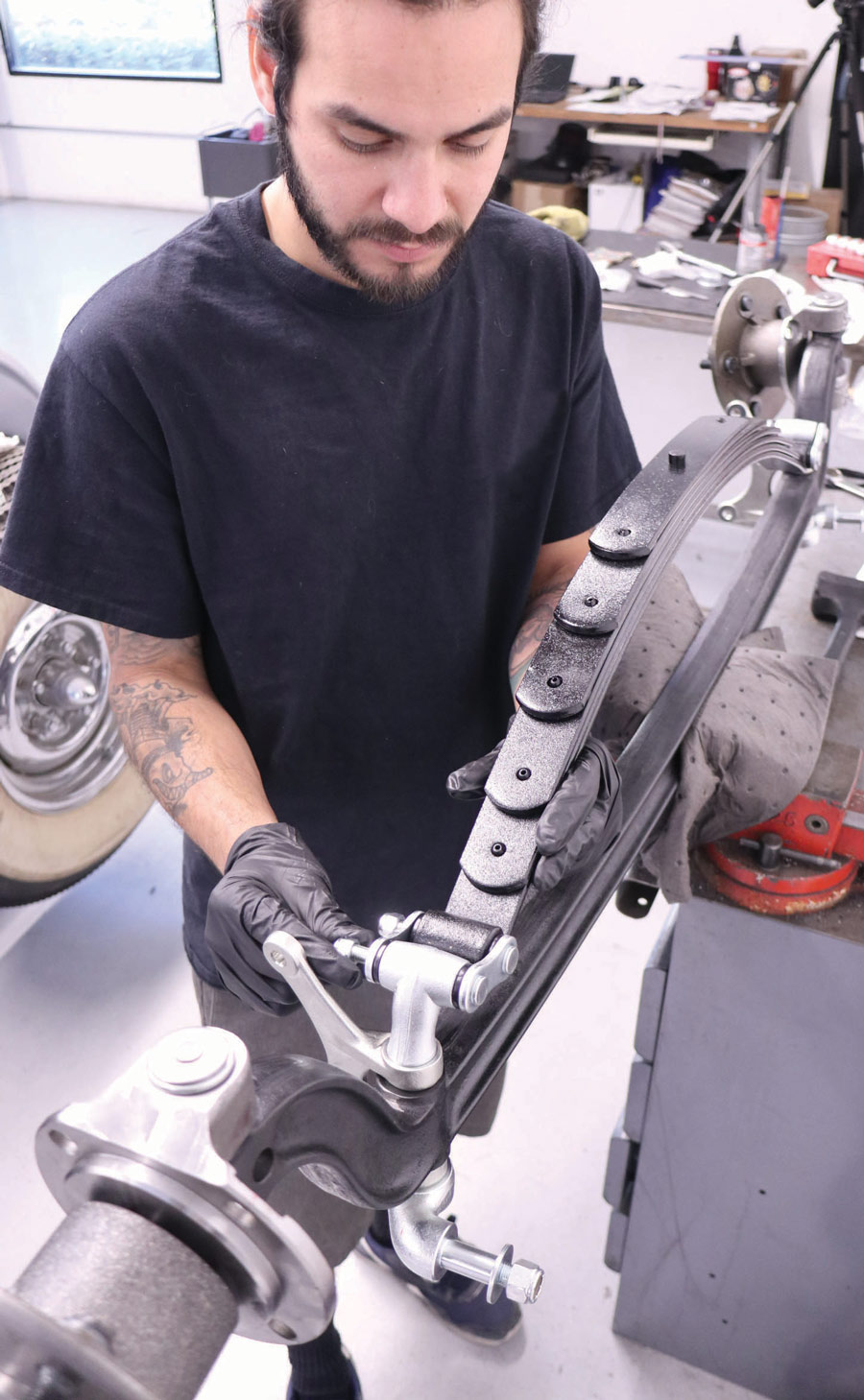
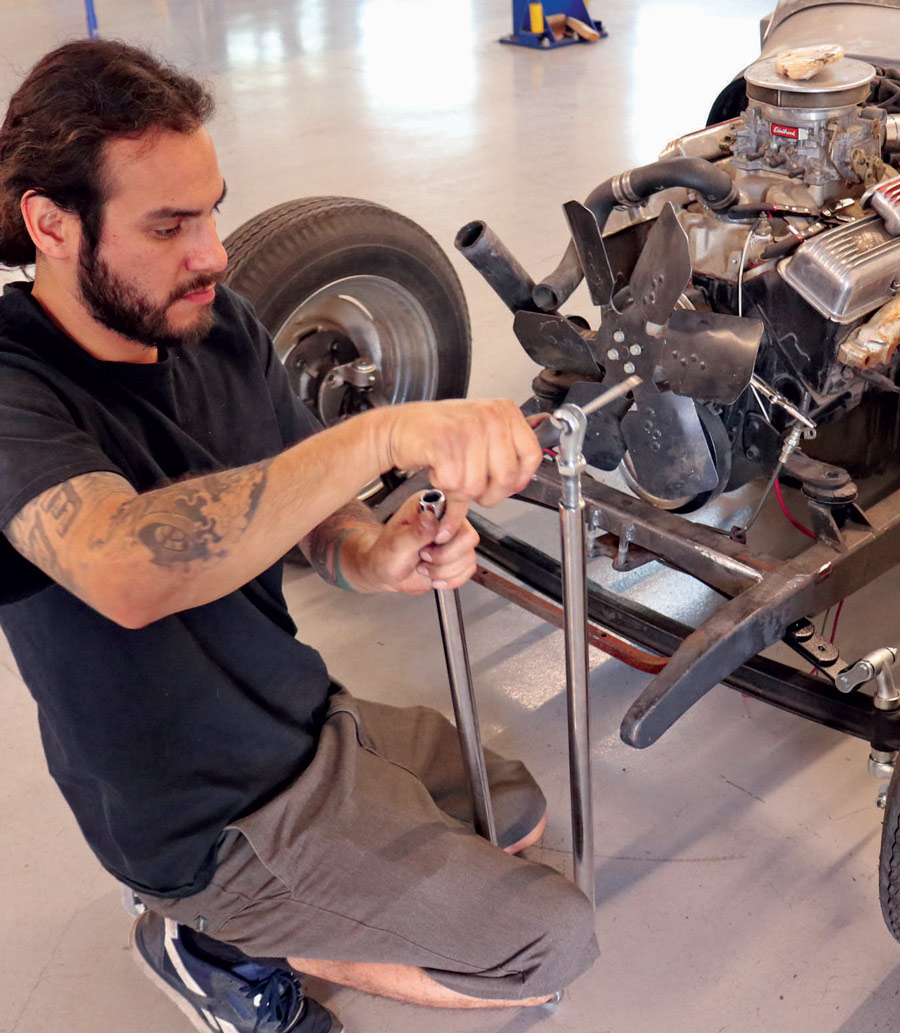


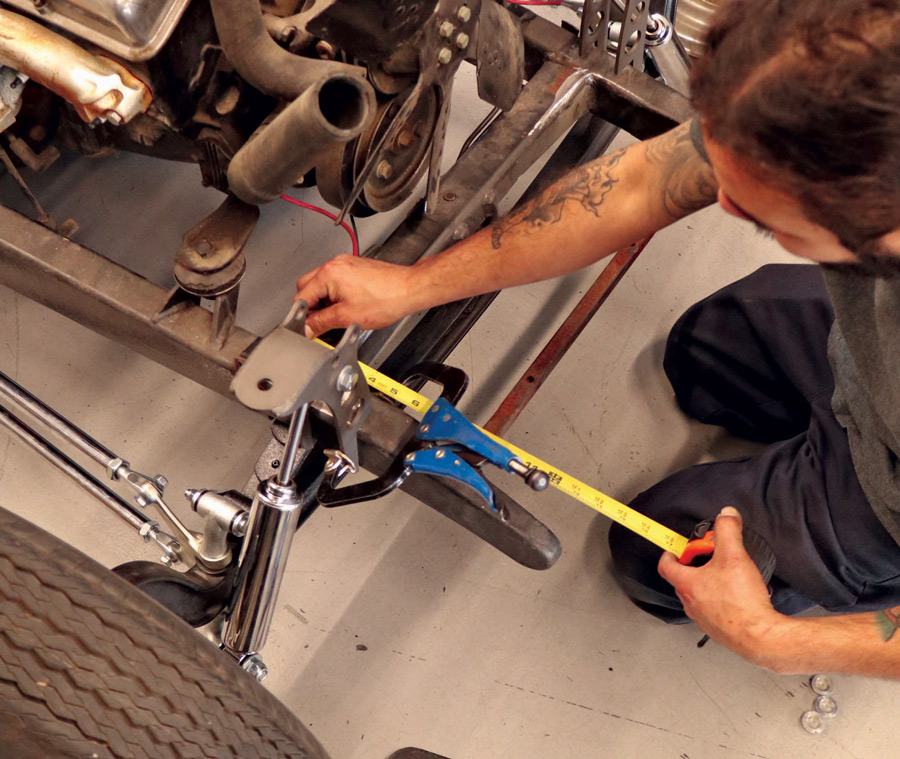
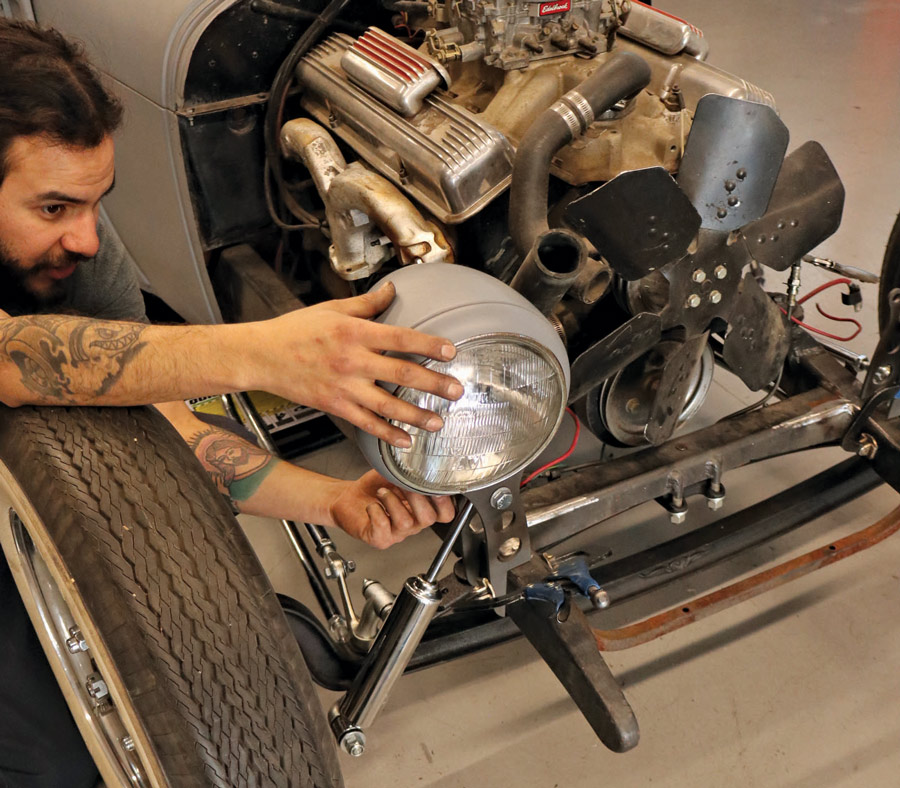


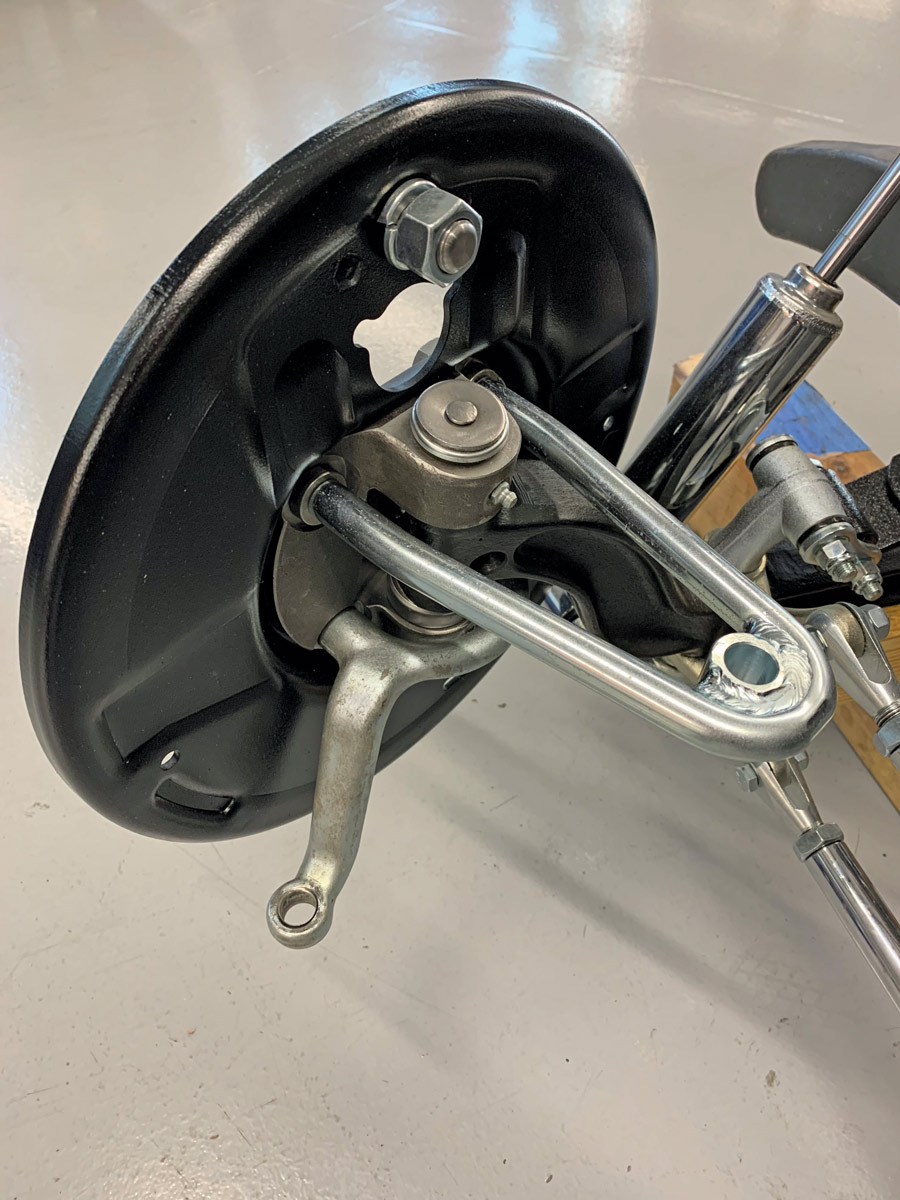
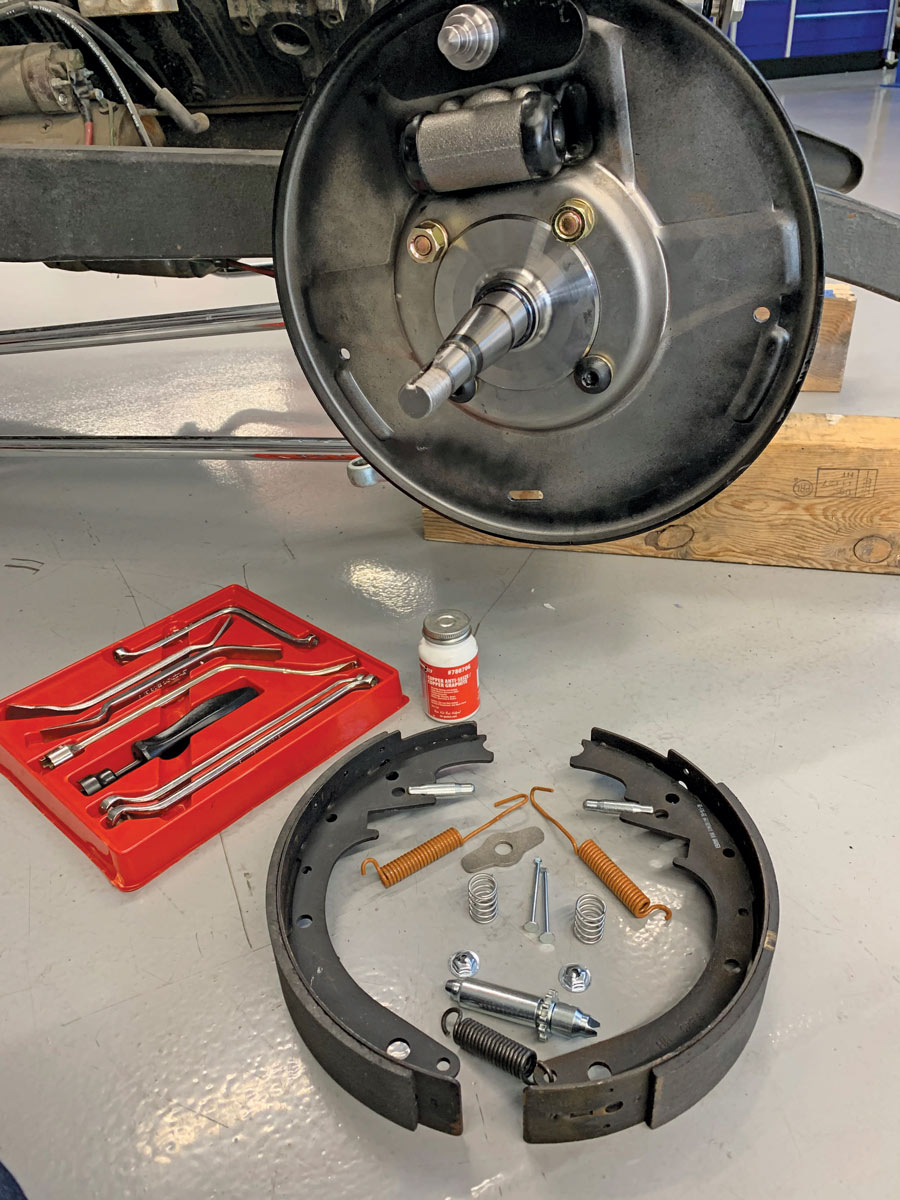






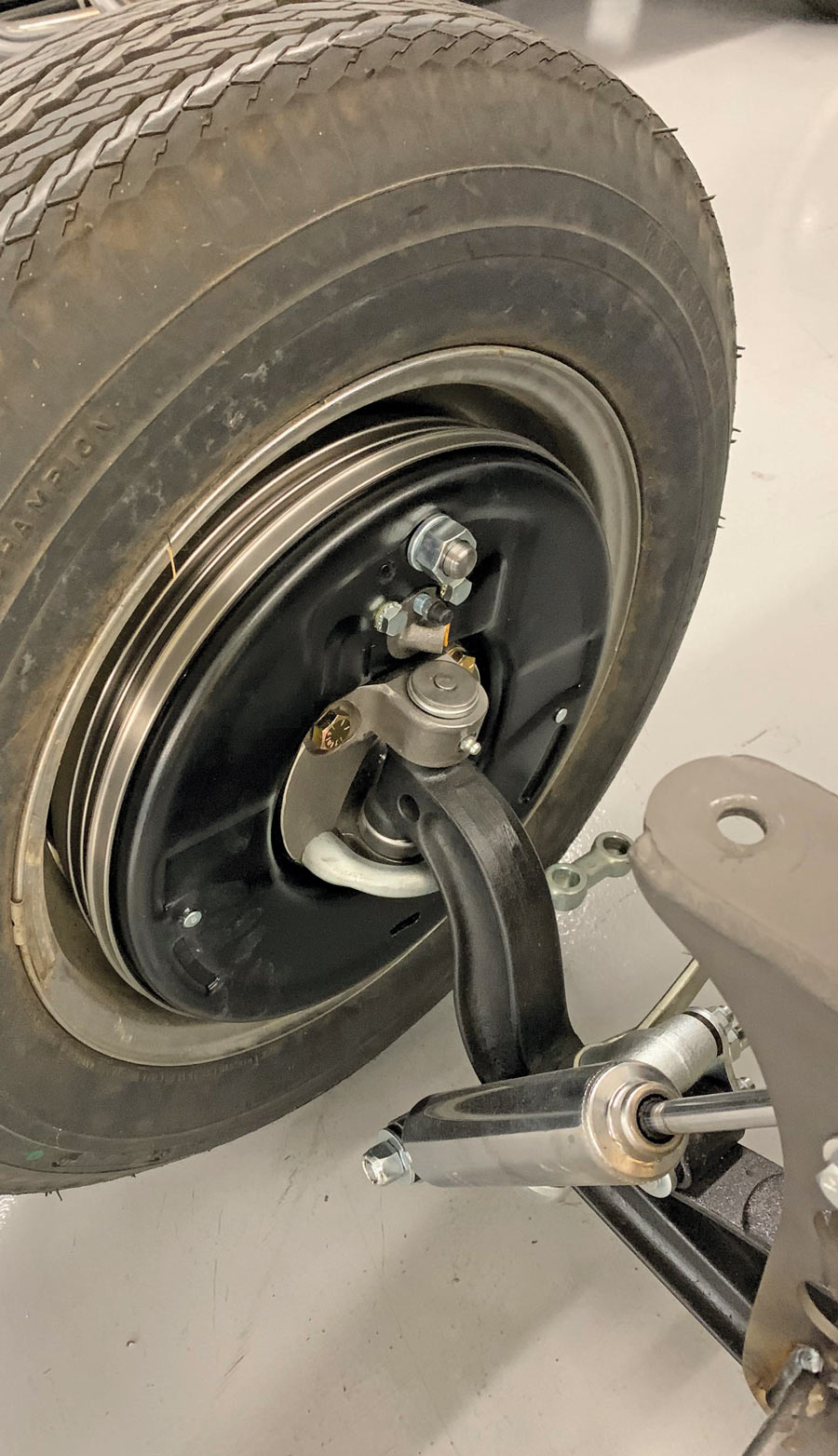

VOLUME 3 • ISSUE 17 • 2022